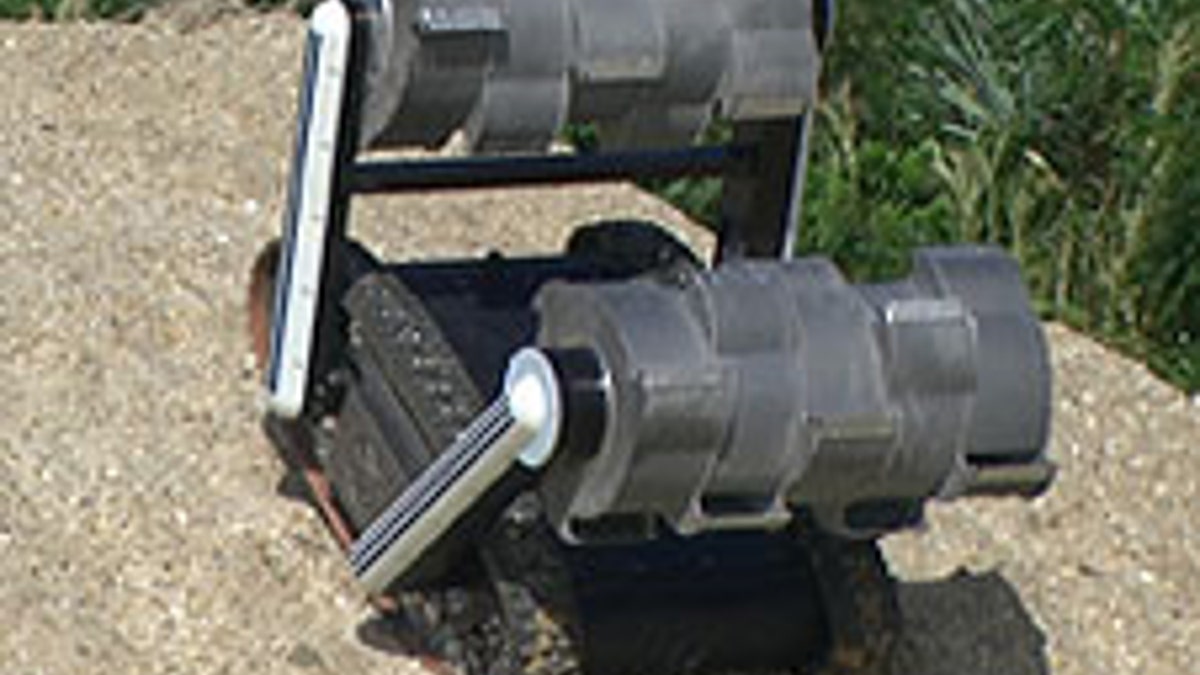
The RASSOR robot climbs a hill during testing at NASA's Kennedy Space Center in Florida. (Photo credit: NASA)
It takes a lot of fuel to break free from Earth's gravity and navigate outer space. A staggering 90 percent of a rocket's initial mass is made up of propellant. What if we could trim that fat, launch spaceships with minimal resources, and collect the rest of what we need along the way? Such "massless exploration" is very likely our future in space.
Imagine we wanted to rendezvous with a distant asteroid and bring back samples from its surface. "Today, that mission would have to be launched with enough propellant for the entire round trip," Kyle Doyle, program manager of Cornell's Cislunar Explorers, told Digital Trends. "That means lifting the necessary supplies for the return trip from Earth all the way to Mars first, at a tremendous cost.
"Massless space exploration means removing that constraint, allowing missions to continue without needing additional mass sent from Earth," he added. "This is only possible if we can get that mass from somewhere else."
Over at NASA, the agency is developing methods to support massless exploration, beginning with resource processing plants on the the Moon and Mars. It recently released new video of the Regolith Advanced Surface Systems Operations Robot (RASSOR), a processing plants rover with a practically endless drive to mine. "Think of it as a blue collar robot," NASA wrote online.
More From Digital Trends
RASSOR is designed to scrape the top soil of the Moon or Mars (i.e. its regolith) and then dump it into a machine that extracts water. Another device would then split the water into hydrogen and oxygen atoms -- key components for rocket propellant.
The blue collar robots will be expected to work 16-hour days for five years straight, lugging roughly 40 pounds of regolith in each haul, to allow the first astronauts to Mars to be as self-sustaining as possible.
